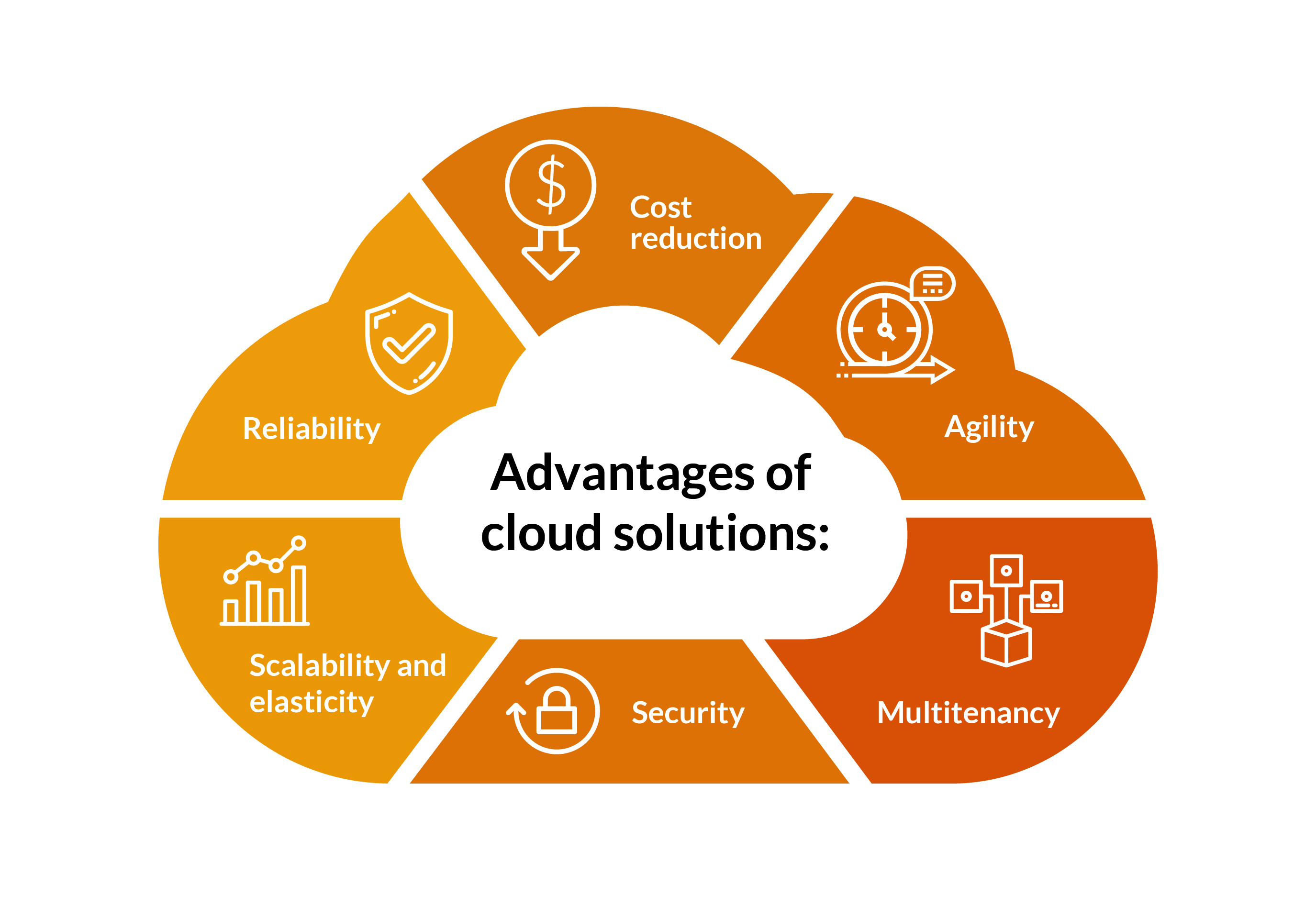Discover LinkDaddy Cloud Services for Universal Cloud Service Success: Press Release Insights
Discover LinkDaddy Cloud Services for Universal Cloud Service Success: Press Release Insights
Blog Article
Simplify Your Framework With Cloud Solutions
As services browse the ever-evolving landscape of technology and information monitoring, the duty of cloud solutions in streamlining facilities has become significantly prominent. How can companies efficiently navigate this change and absolutely unlock the possibility of cloud solutions for simplifying their infrastructure?
Advantages of Cloud Solutions
Cloud solutions offer a structured strategy to handling IT framework, offering businesses with cost-efficiency, scalability, and adaptability. One of the crucial benefits of cloud solutions is the scalability they supply.
Furthermore, cloud services remove the requirement for businesses to purchase costly hardware and software application. This cost-efficiency is a considerable benefit, particularly for tiny to medium-sized enterprises seeking to lessen upfront prices. By using cloud services, services can access high-quality IT sources without the significant cost related to traditional framework setups.
Furthermore, cloud services offer organizations with the flexibility to access their data and applications from anywhere with a web connection. This degree of access enhances cooperation among groups, enables remote job, and increases overall productivity. The versatility provided by cloud services equips services to adjust rapidly to changing market problems and client needs.
Price Cost Savings and Scalability
Along with the operational advantages highlighted earlier, the combination of cloud solutions right into a firm's infrastructure yields significant price financial savings and enhanced scalability. Cloud services supply a pay-as-you-go model, allowing organizations to range sources up or down based on existing demands, therefore staying clear of the prices linked with keeping excess ability. This versatility allows business to adapt rapidly to varying demands without incurring unnecessary expenditures.
Moreover, cloud solutions remove the demand for ahead of time financial investments in software and hardware, lowering capital investment. Operating costs are likewise minimized as companies no more require to handle and maintain physical web servers, causing reduced energy intake and IT staffing prices. Furthermore, cloud services offer automatic updates and upkeep, making certain that the framework stays updated and protected without requiring hand-operated interventions.
Enhanced Protection Procedures
Applying stringent safety and security measures is vital when incorporating cloud solutions into a company's facilities to guarantee and secure sensitive data conformity with industry laws. Cloud service companies use improved security attributes such as information file encryption, firewall software defense, and multi-factor verification to minimize cybersecurity risks.
In addition, regular protection audits and conformity analyses aid recognize susceptabilities and guarantee adherence to industry requirements. Companies can likewise benefit from functions like automatic safety and security updates and real-time hazard tracking given by cloud provider. By focusing on protection steps and staying aggressive in dealing with prospective dangers, businesses can with confidence take advantage of cloud services while securing their valuable information from unapproved access or breaches.
Transitioning to Cloud Infrastructure
To successfully incorporate cloud solutions into a company's infrastructure, an organized strategy that addresses the shift towards cloud-based solutions is critical. Transitioning to shadow infrastructure entails careful preparation and implementation to guarantee a smooth migration procedure. The primary step is to evaluate the present infrastructure and determine which systems and applications are ideal for movement to the cloud. This examination must think about variables such as data sensitivity, conformity demands, and efficiency demands.
Once the assessment is total, a migration method need to be developed. This strategy ought to outline the timeline, sources, and obligations for moving each element to the cloud. wikipedia reference It is important to communicate this strategy plainly to all stakeholders to make certain positioning and lessen interruptions during the shift.
During the movement process, screening and tracking are critical to identify and attend to any problems quickly. Regular checkpoints need to be developed to track progression and make essential changes. Additionally, training for staff members on making use of cloud services ought to be provided to make certain an effective transition and take full advantage of the advantages of the new facilities.
Ideal Practices for Cloud Fostering
Effective adoption of cloud solutions rests on the calculated alignment of business purposes with technological abilities and business readiness. To guarantee a smooth transition to the cloud, companies need to begin by carrying out an extensive assessment of their present facilities and recognizing which work are best matched for cloud movement. It is essential to entail key stakeholders from various divisions in the decision-making process to obtain buy-in and deal with any kind of worries at an early stage.
Another ideal practice for cloud fostering is to focus on protection and conformity. Organizations has to very carefully assess the safety procedures used by cloud provider and make certain that their data is shielded according to sector requirements and governing needs. Executing robust data file encryption, gain access to controls, and routine safety and security audits can assist minimize risks related to cloud fostering.

Final Thought

As companies navigate the ever-evolving landscape of modern technology and information administration, the duty of cloud services in streamlining framework has become progressively prominent - Cloud Services. Just how can businesses efficiently navigate this change and absolutely open the capacity of cloud solutions for streamlining their framework?
Cloud solutions offer a streamlined technique to handling IT framework, providing companies with flexibility, scalability, and cost-efficiency. By utilizing cloud services, services can access high-grade IT sources without the hefty price tag associated with traditional infrastructure setups.
To guarantee a smooth shift to the cloud, organizations ought to start click reference by conducting an extensive evaluation of their present facilities and determining which work are best fit for cloud movement.
Report this page